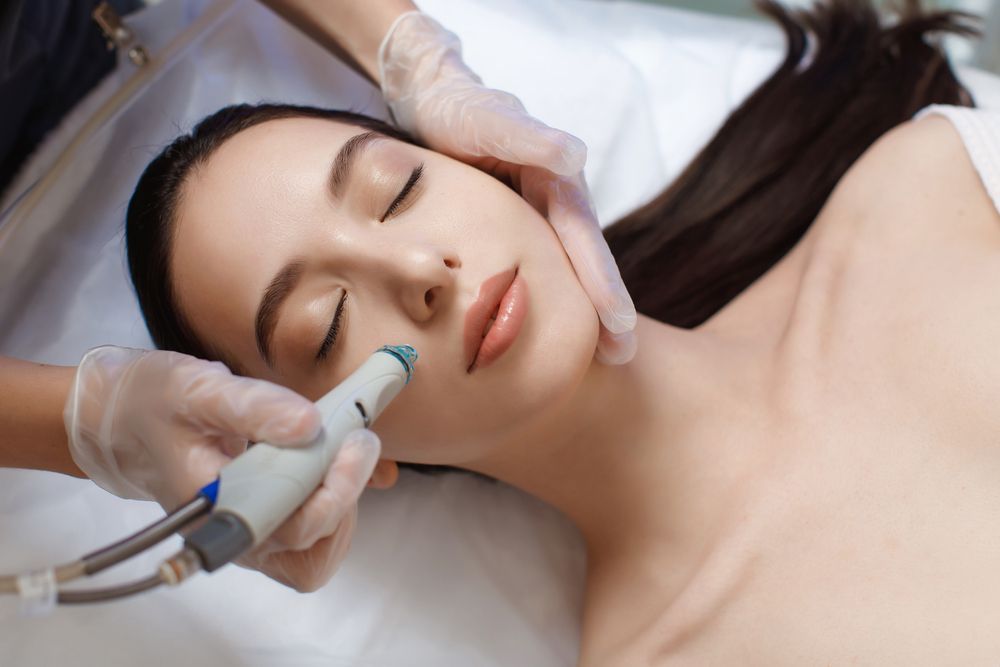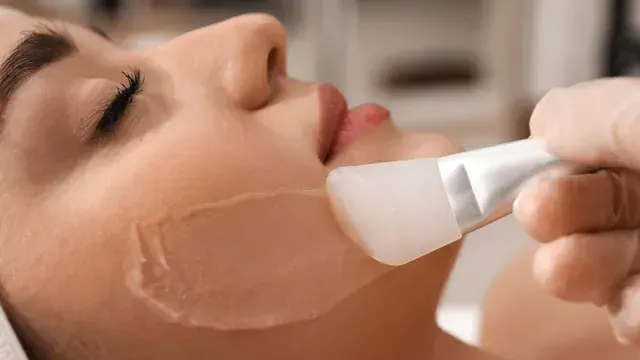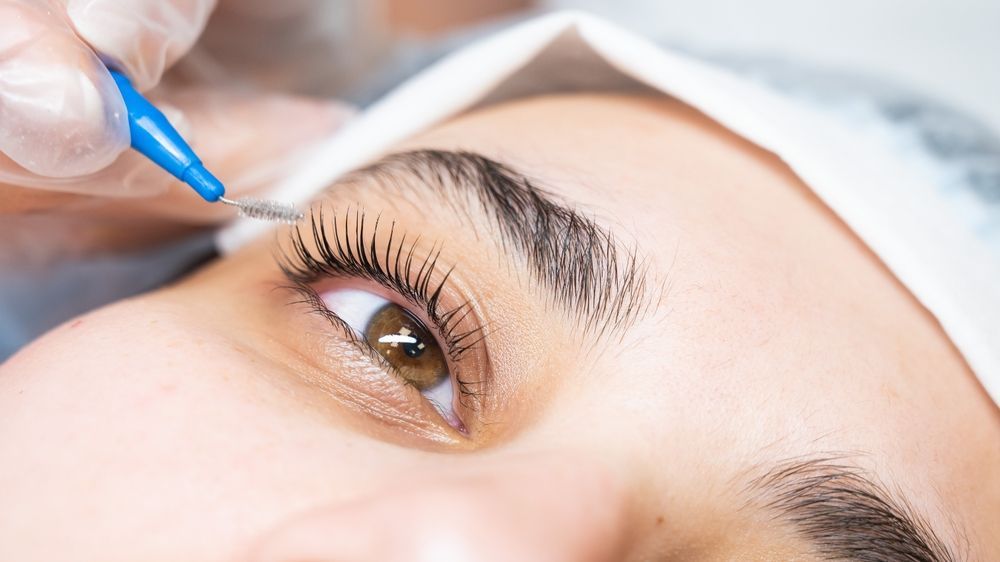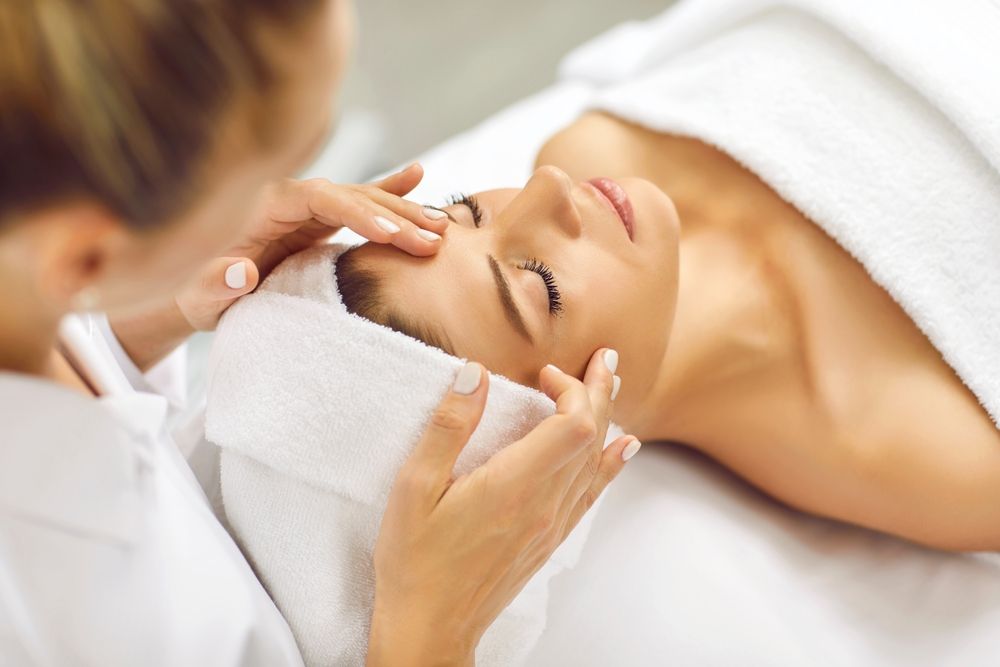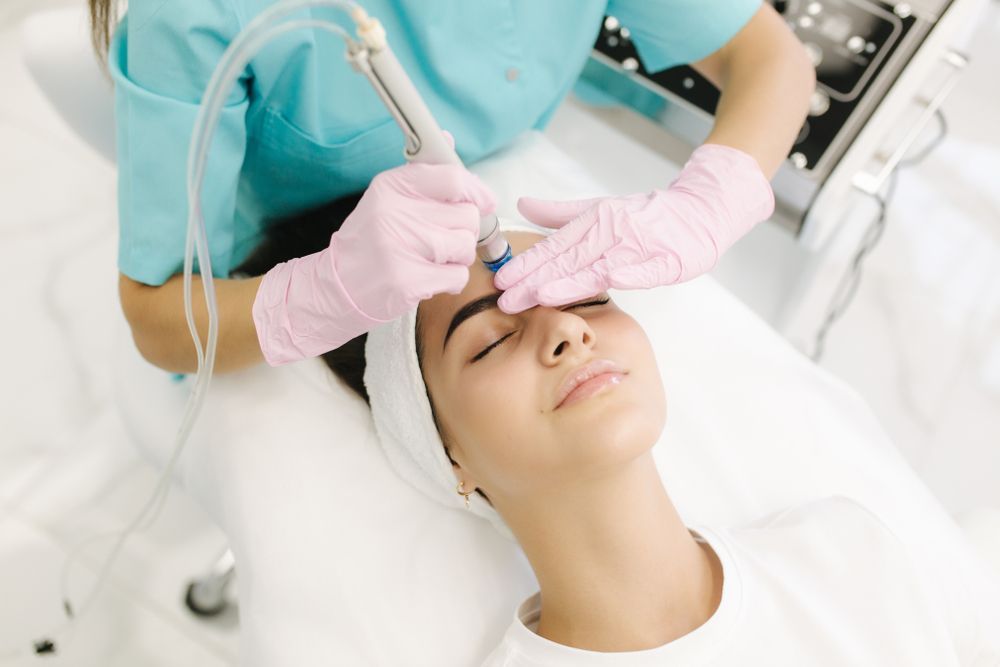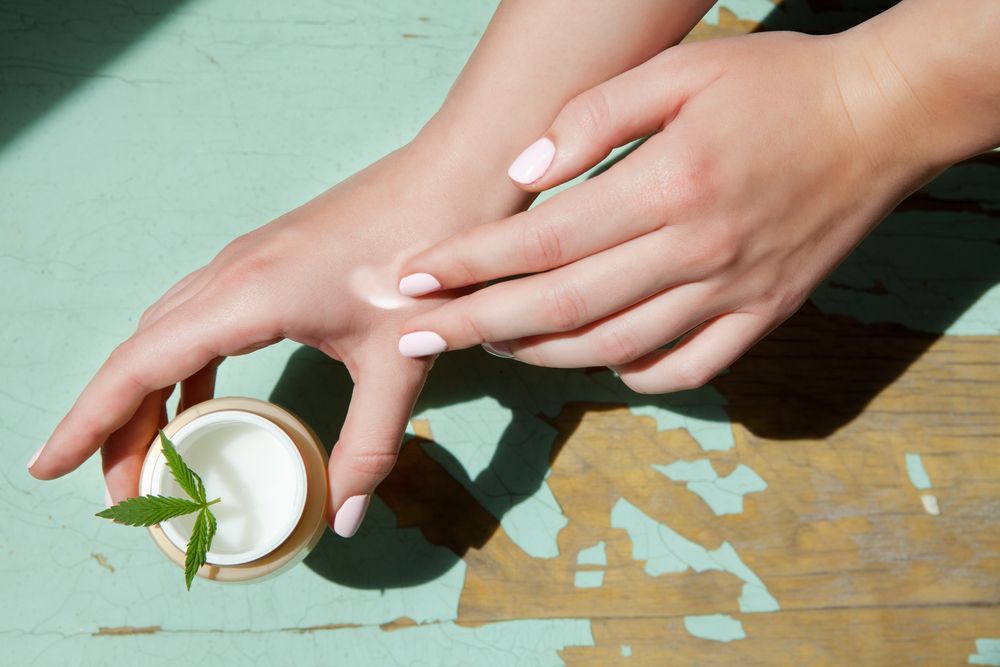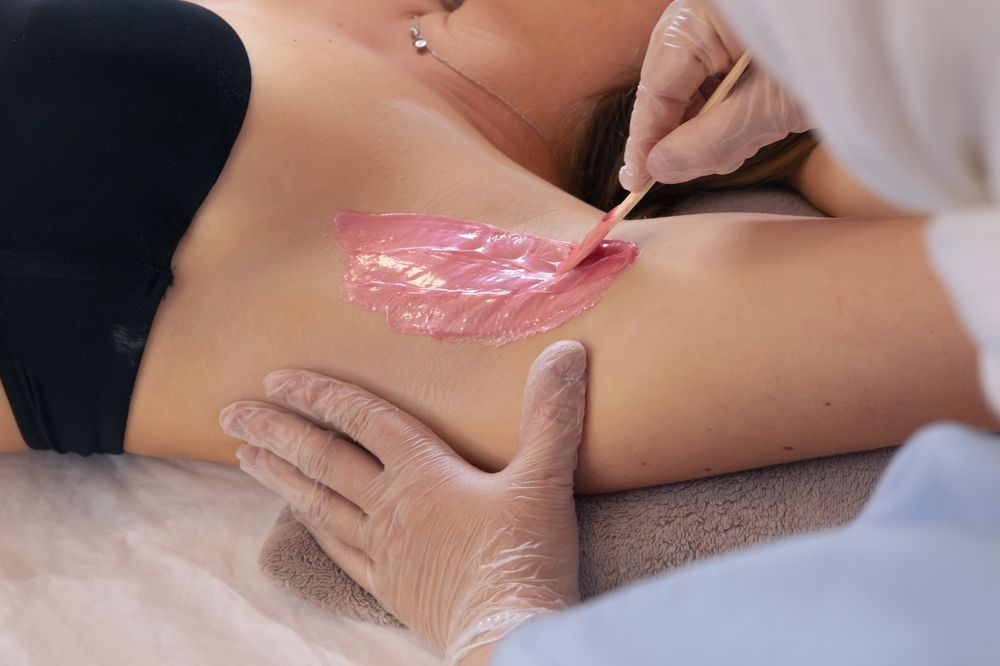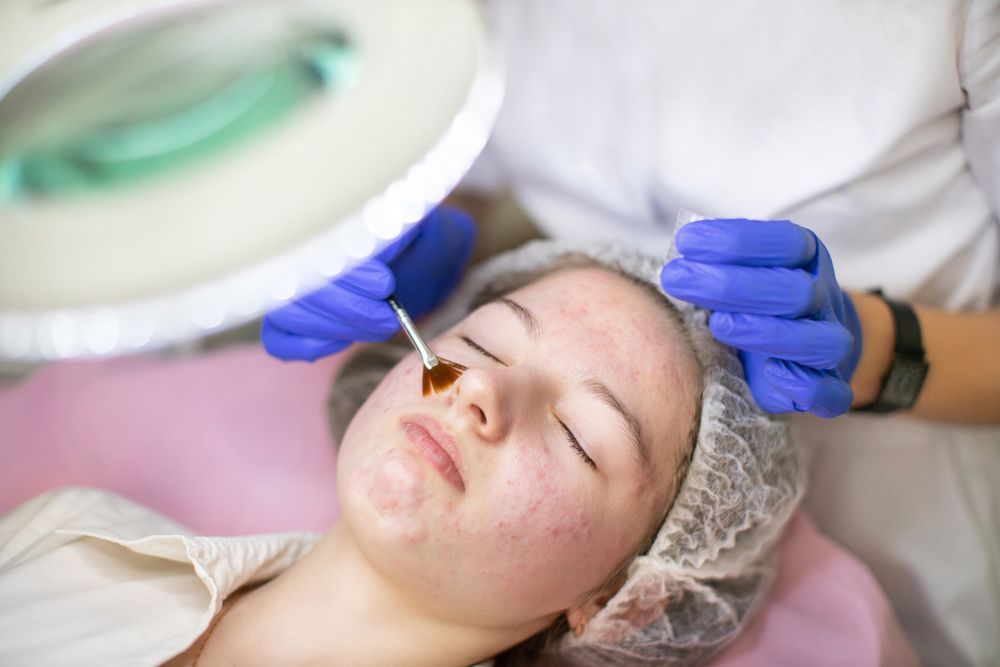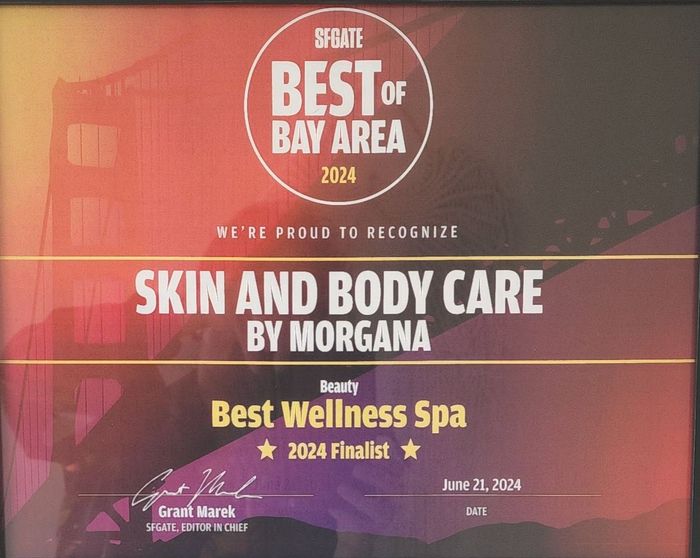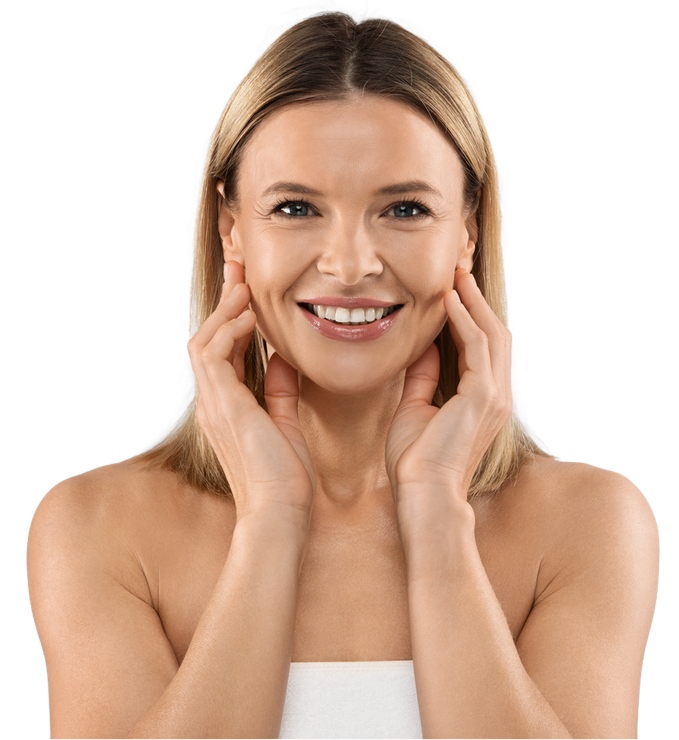Beauty Spa in San Francisco, CA
Skin & Body Care by Morgana
Located in San Francisco Serving San Francisco, Oakland, Daly City, CA & Surrounding Areas
Best Wellness Spa
It was an incredible honor to be one of the finalists for Best Wellness Spa in the Best of the Bay Area by the SF Chronicle. I could hardly believe it!
Now Accepting Medical Reimbursement
We are now accepting San Francisco Medical Reimbursement Account (SF MRA) benefit. It can be used to reimburse you, spouse or domestic partner, and dependents for eligible health care expenses.
Eligible Services and Products:
- Acne and Peel Products
- Acne Peels and Facials
- Hydra Dermabrasion Facial
- Hair Removal
Please email us for more eligible services. Book your appointment Now! See you soon.
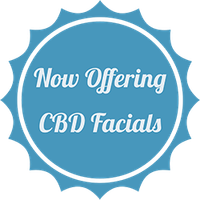
Sugaring Now Available
The preparation is 100% natural, contains water, sugar and organic lemon with no chemical, fragrance or coloring. Sugaring does remove dead skin cells – so as the hair is removed your skin is also getting exfoliated!
Primary Bay Area Cities
San Francisco, CA
Daly City, CA
South San Francisco, CA
Oakland, CA
Berkeley, CA
San Mateo, CA
Fremont, CA
Palo Alto, CA
Redwood City, CA
Mountain View, CA
Regional Areas
Marin County
(e.g., San Rafael, Novato, Mill Valley)
East Bay
(e.g., Walnut Creek, Pleasanton, Concord)
South Bay
(e.g., San Jose, Santa Clara, Sunnyvale)
Peninsula
(e.g., Burlingame, Foster City, Menlo Park)
